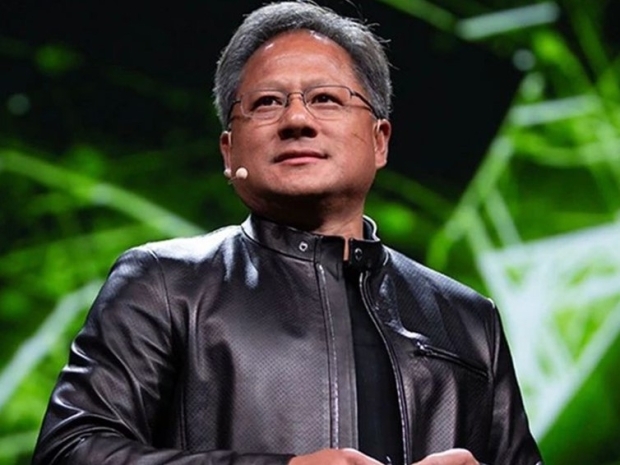He said: “We support x86. X86 is very important to us. We support it for PCs, workstations, and data centres. Therefore, the fact that the architecture was fragmented isn’t good for the industry. So I love what they’re doing. Pulling it together and making sure that x86 remains x86. Otherwise, it’s not x86 anymore.”
He commented that Chipzilla boss Pat [kicking] Gelsinger and AMD boss Lisa Su had announced they would be working closer together. Intel and AMD unveiled a new x86 ecosystem advisory group Tuesday. The group will include several tech giants—including Microsoft, Dell Technologies, HP , Hewlett Packard Enterprise, Lenovo, and Google—and Linux creator Linus Torvalds.
“You all have a front-row seat to maybe the first partnership with Intel and AMD,” Gelsinger told the gathered throngs.
“Some have said, ‘Is the x86 done?’ I’ll tell you rumours of its death are severely exaggerated. We are alive and well, and the x86 is thriving. … Pat and] agree on something. Who’d have thunk it?”
Minutes later on the same stage, Su told the audience that her company’s partnership with Intel shows the unpredictable nature of the technology market.
“Pat was on stage. He mentioned our x86 advisory group. That tells you just how unique this time is in technology,” she said.
“At the end of the day, we’re trying to accelerate computing and the adoption of computing. X86 has been the foremost leader and architect over the last 40 years. The idea is AMD and Intel bringing together all these founding members can accelerate innovation.”
In their joint announcement, Intel and AMD said the advisory group aims to “shape the future of x86 and foster developer innovation through a more unified set of instructions and architectural interfaces.” This is expected to “enhance compatibility, predictability and consistency across x86 product offerings,” the two companies added.
Intel and AMD’s x86 CPU businesses have faced a growing threat from the Arm instruction set architecture. This architecture has enabled consumer tech giant Apple, mobile chip designer Qualcomm, and cloud computing giants like Amazon Web Services, Microsoft, and Google to design their own CPUs for the PC and cloud markets.
Meanwhile, another mobile chip designer, MediaTek, has publicly stated its intention to introduce Arm-based CPUs for Windows PCs and is reportedly working with Nvidia.
This has intensified competition for Intel and AMD. For example, both companies have responded in the past year to the high core densities and high efficiency of Arm-based server CPUs with their high-core-count, efficiency-focused processors, with AMD debuting its EPYC Bergamo chips last year and Intel more recently launching its Xeon 6 E-core chips.




